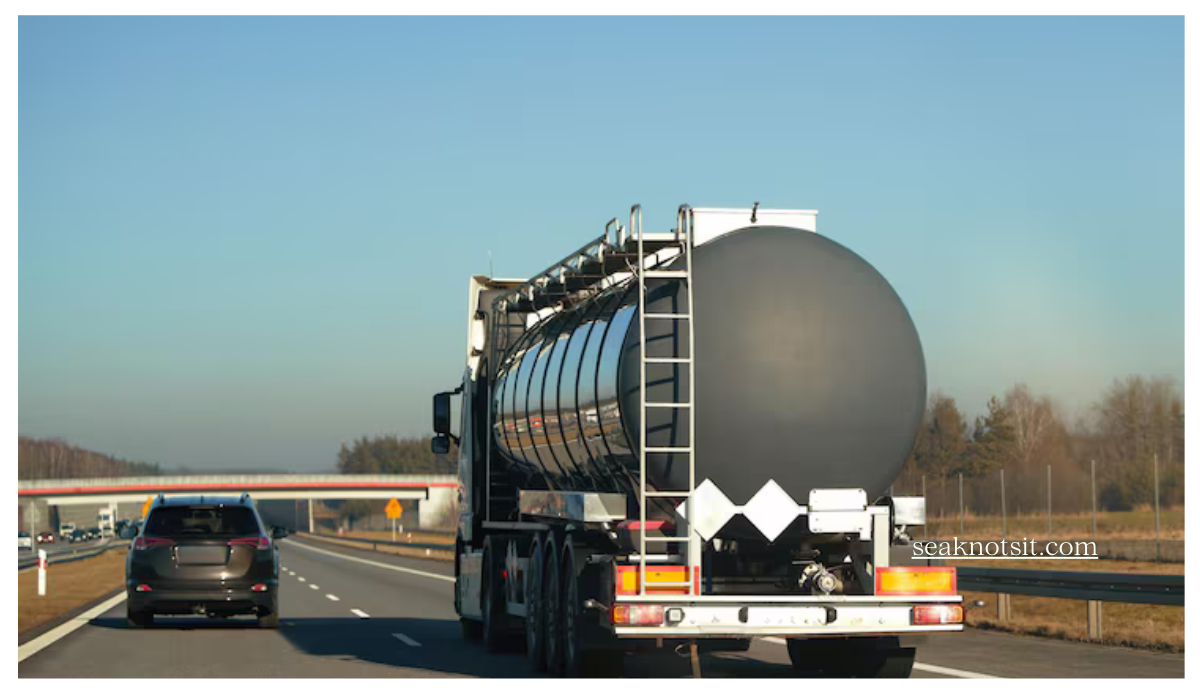Introduction: The High Stakes of Crude Oil Transportation
Crude oil transportation is one of the most sensitive and high-risk logistics operations in the world. From safety hazards to strict regulations, every movement of oil requires precision, control, and efficiency. Tank containers have become the preferred mode of transport for crude oil because of their durability, flexibility, and compliance with international standards. However, managing large fleets of tank containers requires more than manual processes — it demands smart fleet management systems by SeaKnots and advanced ISO tank software.
Why Tank Container Fleet Management is Critical in Oil Logistics
Oil logistics companies depend on efficiency and safety to maintain profitability and reputation. Poor fleet management can result in delays, product loss, safety incidents, and compliance violations. A well-structured tank container fleet management system ensures that each container is monitored, maintained, and tracked throughout its lifecycle. This not only improves operational efficiency but also builds trust with customers and stakeholders.
Read More: ISO Tank Container Depot Operations
Key Challenges in Managing Crude Oil Tank Container Fleets
Managing crude oil transportation comes with multiple challenges:
- Complex Regulations: Adhering to international standards for hazardous goods.
- Safety Risks: Preventing leaks, spills, and accidents.
- Asset Utilization: Ensuring tank containers are always optimized for use.
- Tracking Issues: Lack of visibility in real-time container movements.
- High Maintenance Costs: Regular inspections, cleaning, and servicing are critical for safe crude oil transport.
These hurdles highlight the need for digital ISO tank container operations that leverage technology to overcome inefficiencies.
How Fleet Management Software Improves Crude Oil Transport
The adoption of fleet management software transforms crude oil logistics in multiple ways:
- Real-time Tracking: With advanced Fleet GPS tracking software, logistics teams gain visibility of every tank container in the fleet.
- Predictive Maintenance: Digital systems help schedule inspections and repairs, reducing breakdown risks.
- Optimized Routing: Automated route planning reduces delays and fuel costs.
- Data-Driven Insights: Analytics provide actionable intelligence to improve fleet performance.
By digitizing operations, companies can handle larger volumes of crude oil with greater efficiency.
Enhancing Safety and Regulatory Compliance with Digital Tools
Safety is non-negotiable in crude oil transport. With ISO tank software, companies can monitor tank conditions, pressure levels, and ensure compliance with international safety standards. Automated documentation also reduces human errors while meeting local and global regulations. This digital-first approach significantly reduces risks while keeping operations audit-ready.
Integrating Tank Container Fleet Management with Supply Chain Operations
A siloed fleet management approach limits performance. Modern fleet management systems integrate seamlessly with supply chain software, freight forwarding systems, and NVOCC solutions. This ensures smooth coordination between depots, shipping lines, and oil companies. The result is faster turnaround times, reduced idle time, and more profitable operations.
Conclusion: Turning Fleet Management into a Competitive Advantage
The transportation of crude oil demands the highest levels of safety, visibility, and efficiency. By adopting advanced tank container fleet management systems and leveraging tools like ISO tank software and container tracking software, oil logistics companies can overcome operational challenges while meeting regulatory standards.
In a competitive global market, digitized fleet management doesn’t just improve efficiency — it creates a sustainable competitive advantage.

